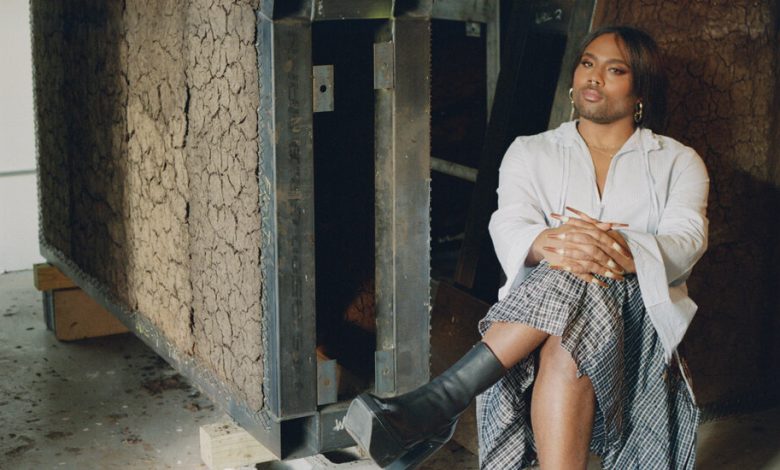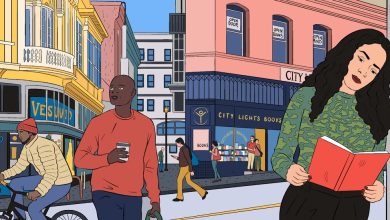The White House Has That Sinking Feeling (Thanks to an Artist)

“This is my big girl.”
The artist Kiyan Williams was referring to federal architecture — specifically the northern facade of the White House, which reappears, redesigned in dirt and tilted 15 degrees off its axis, on a roof terrace at this year’s Whitney Biennial.
Commanding the view from the High Line and down Gansevoort Street, it’s a contemporary ruin: an outpouring of grief, a waning symbol of American power in the months before another contentious presidential election.
A self-proclaimed alchemist, Williams specializes in transforming wet soil into hardened sculptures that typically live outdoors, where the wind carries seedlings that may attach to the artist’s creations and bloom. Often, Williams collects the earth from historically important sites of loss in the African diaspora: plantations of the American South, street corners where Black trans women were murdered or the banks of a river that became a thoroughfare for the domestic slave trade. The artist wants to give these painful histories a chance to regenerate, allowing life to flourish in the hostile conditions known by those who identify as Black, nonbinary, transfeminine.
“The earth follows me everywhere and is quite stubborn to remove,” Williams said. “It’s consistently under my nails and tracks in my footsteps. There’s almost always trails of earth behind me.”
Williams, a 33-year-old multidisciplinary artist and one of the more unlikely stars to emerge from this year’s quiet and genteel biennial, recounted a difficult childhood in New Jersey that led to creating work that is so resolutely political.




